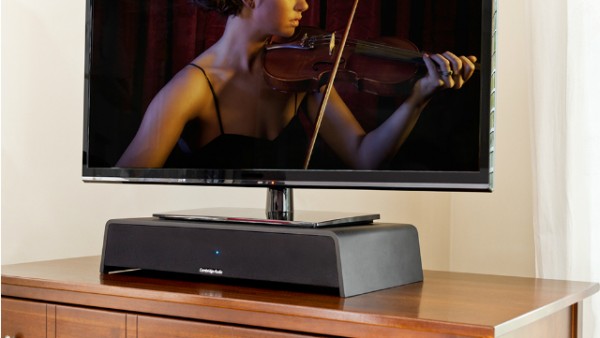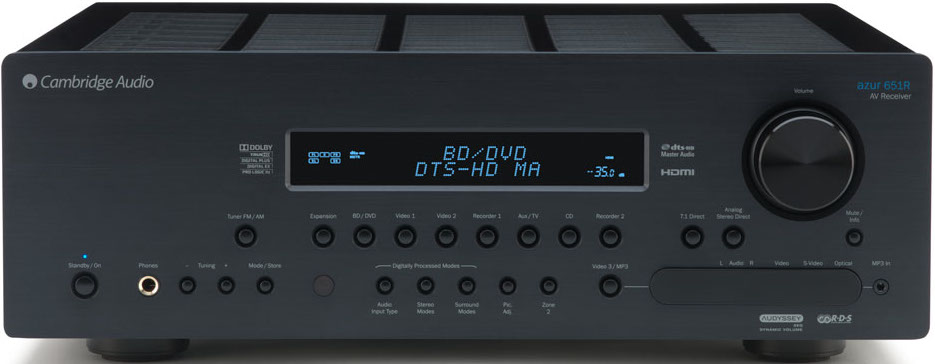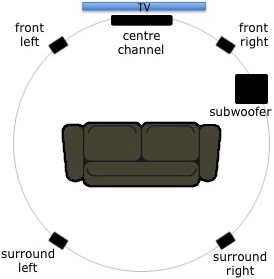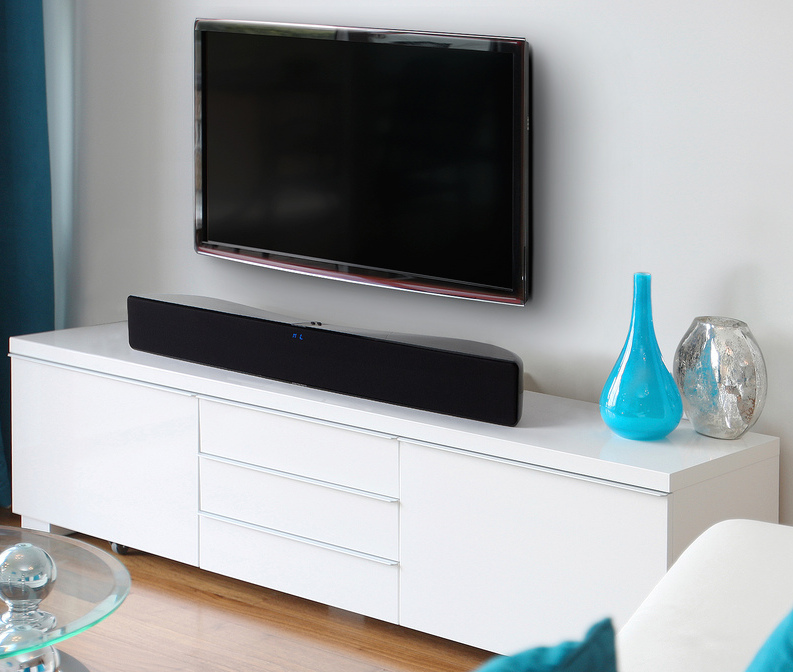 Let’s face it, the sound quality coming from TVs on the market isn’t very good. The assumption is that you’ll be using another system for the sound in a home theatre or media room. It’s not an understatement that the picture is only half of experience when watching a movie. Even a modest surround sound setup can dramatically improve your viewing enjoyment. Until recently there have been two basic types of systems to use: an AV receiver with speakers, or a sound bar. The new option of sound bases have started to appear as well.
Let’s face it, the sound quality coming from TVs on the market isn’t very good. The assumption is that you’ll be using another system for the sound in a home theatre or media room. It’s not an understatement that the picture is only half of experience when watching a movie. Even a modest surround sound setup can dramatically improve your viewing enjoyment. Until recently there have been two basic types of systems to use: an AV receiver with speakers, or a sound bar. The new option of sound bases have started to appear as well.

A surround sound AV receiver is a great way to improve sound quality and add surround effects. Most home setups use 5.1: a front centre speaker (usually for dialog), left and right front speakers, left and right surround speakers (sound behind you) and a subwoofer (for the ‘boom’ in  explosions, etc.) The five speakers are denoted by the ‘5’ while the subwoofer is the ‘.1’ (which has flexibility in placement, e.g. place in a corner). Other systems like 7.1 and 9.2 will be technically better by creating a more realistic sound stage, but you can get a lot of mileage out of good old 5.1 systems. Even budget systems can provide quite a bang for your buck, but if you are particularly passionate, you can also use separate equipment (processors, amplifiers, etc.)
explosions, etc.) The five speakers are denoted by the ‘5’ while the subwoofer is the ‘.1’ (which has flexibility in placement, e.g. place in a corner). Other systems like 7.1 and 9.2 will be technically better by creating a more realistic sound stage, but you can get a lot of mileage out of good old 5.1 systems. Even budget systems can provide quite a bang for your buck, but if you are particularly passionate, you can also use separate equipment (processors, amplifiers, etc.)
Sound bars work to pack a multi-speaker experience into one long box that pairs well with flat screens. They do this by putting multiple speakers in that box. Almost any sound bar will sound better than a TV’s speakers, but the pricier ones usually do a better  job of emulating surround sound effects by bouncing sound off your walls. You can simply place a sound bar on the cabinet with your flat screen or mount if that suits your fancy. Some sound bars come with separate sub woofers to help add shake to your system. Although wireless ones allow more flexibility with sub placement, that may come with quality issues (make sure you can return a system is it doesn’t work for your home).
job of emulating surround sound effects by bouncing sound off your walls. You can simply place a sound bar on the cabinet with your flat screen or mount if that suits your fancy. Some sound bars come with separate sub woofers to help add shake to your system. Although wireless ones allow more flexibility with sub placement, that may come with quality issues (make sure you can return a system is it doesn’t work for your home).
Realizing that people often just use the TV’s stand, manufacturers are now providing sound bases that you can place under the TV. These offer basically the same options as a sound bar but in a different form. Often these don’t need a separate sub woofer, as the  box may big enough to provide decent bass sound. Cambridge Audio’s TV Sound Plinth and Bose’s Solo TV are examples of sound bases available.
box may big enough to provide decent bass sound. Cambridge Audio’s TV Sound Plinth and Bose’s Solo TV are examples of sound bases available.
Regardless of your needs, there are options for you to explore. Usually a surround sound AV receiver and separate speakers will provide the best sound quality, but a sound bar or sound box may meet your specific needs if a more involved system (and its involved wiring) will not work for your home or lifestyle.
